Types of Surgeries
The hospital offers treatment for following conditions.
The hospital is well-known for all kinds of neuro surgeries, facio-maxillary surgeries, general surgeries, orthopedics procedures, and all kinds of neurological disorders with emergency management ….
I.CRANIAL SURGERIES:
A.CRANIOTOMY AND EVACUATION FOR ACUTE EDH & SDH
- EDH:( Extra dural haemorrhage).
A collection of blood between skull and dura matter, which is outer layer of brain.
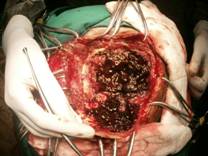
- SDH: (Sub dural haemorrhage ).
A collection of blood in the space between the outer layer of dura & middle layer of the covering of the brain ( the meninges ) called arachnoid.
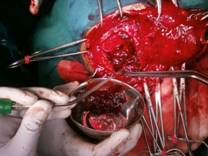
B. BURRHOLES & EVACUATION FOR CHRONIC SDH .
A hole made in the skull by a special drill with a rounded tip (burr). A hole is made to relieve the pressure on the brain that often results from bleeding inside the skull, usually following a head injury. Burr holes may be made as part of a craniotomy and may be life-saving procedures.
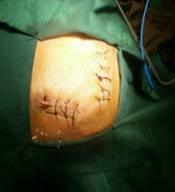
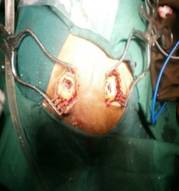
C. CRANIOTOMY AND EXCISION OF TUMOURS (C.P ANGLE TUMOUR, GLIOMA, MENINGIOMA TUMOUR).
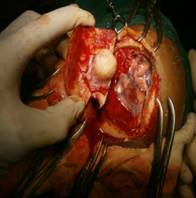
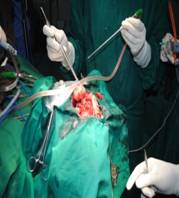
- GLIOMA:
Glioma is a type of tumour which starts in the brain or spine. It is called glioma because it arises from glial cells. The commonest site of glioma is brain.
- MENINGIOMA:
A tumour which arises from the meningial cells of the brain called meningioma.
- C. P angle tumour:
A tumour which rests in the angle between cerebellum & pons. the anatomical site for acoustic neuroma & schwannoma.
D: MICRO VASCULAR DECOMPRESSION FOR TRIGEMINAL NEUROLOGIA
Known as Suicid disease or Fothergills disease. It is a neuropathic disorder characterized by episodes of intense pain in the half of the face, originating from the trigeminal nerve. It occurs due to compression of V th nerve by superior cerebellar artery.
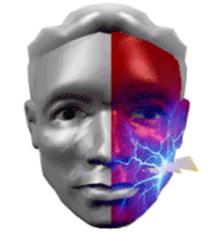
E. CRANIOTOMY AND CLIPPING OF ANEURYSM.
Cerebral aneurysm:
An aneurysm is a localized blood–filled balloon–like bulge in the wall of a blood vessel. Cerebral aneurysm can occur in arteries at the base of the brain. (the circle of willis ).
Aneurysm can be hereditary or caused by disease, both of which cause the wall of the blood vessel weaken.
F. VENTRICULO PERITONIAL SHUNT& ETV (ENDOSCOPIC THIRD VENTRICULOSTOMY) FOR HYDROCEPHALUS
Hydrocephalus :
A medical condition where the accumulation of CSF occurs in the cavities and ventricles of the brain. This will cause increased intra cranial tension and progressive enlargement of head convulsion mental disability.
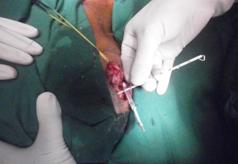
G. CRANIOTOMY AND REMOVAL OF BRAIN ABSCESS.
Is an abscess caused by inflammation and a collection of infected material coming from local (ear infection and dental injection and paranasal sinus) or remote.(lung, heart, kidneys).
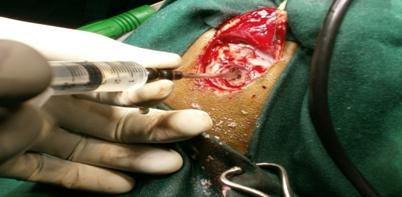
H. ELEVATION OF DEPRESSED FRACTURE AND MINIPLATING.
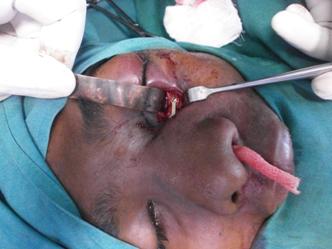
I. STEREOTACTIC BIOPSY.
Stereotactic is a core biopsy, is a biopsy procedure that uses a computer and imaging performed in at least two planes to localize a target lesion ( tumor ) in three dimensional space & guide the removal of tissue for examination by a pathologist.
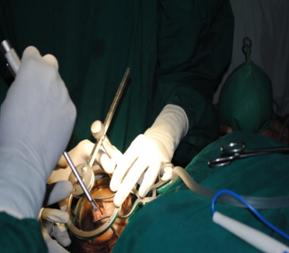
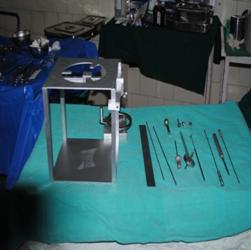
J.CRANIOPLASTY:
Cranioplasty is a surgical repair of a defect or deformity of skull.
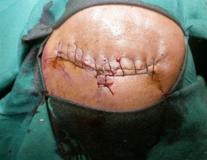
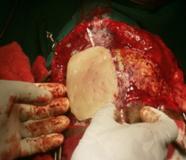
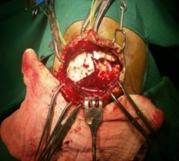
k. MENINGOCELE.
A saclike protrusion of either the cerebral or spinal meninges through a congenital defect in the skull or the vertebral column. It forms a hernial cyst that is filled with cerebrospinal fluid but does not contain neural tissue. The anomaly is designated a cranial meningocele or spinal meningocele, depending on the site of the defect. It can be easily repaired by surgery.
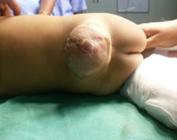
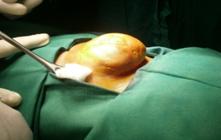
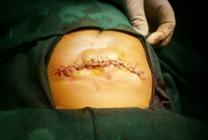
II. SPINAL SURGERIES :
Lumbar spine :
1. Laminectomy and discectomy
Laminectomy :
It is surgical procedure that removes a portion of the vertebral bone, lamina is called laminectomy.
Discectomy:
A surgical procedure where a removal of herniated disc material that presses in a nerve root or spinal cord.
- Posterior pedicle screw fixation.
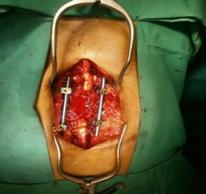
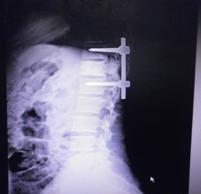
- Tumour excision
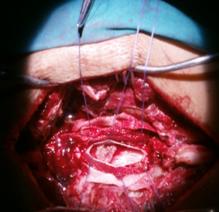
2.Cervical spine:
- Anterior cervical discectomy and titanium cage fusion.
- Anterior cervical discectomy and plating and lateral mass screw fixation.
 C1-C2 wiring subluxation of spine.
C1-C2 wiring subluxation of spine.
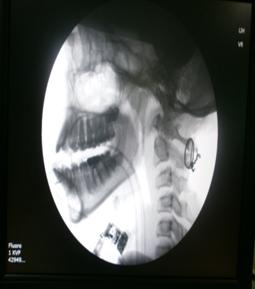
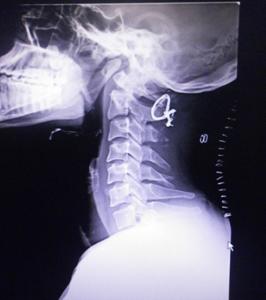
- Tumour excision
III. ORTHO SURGERY
- Nailing, K wire, plating, external fixation, total hip replacement
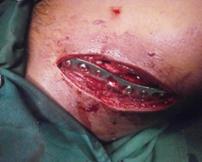 .
.
- Repair of trochanteric fracture
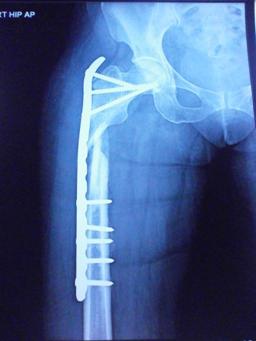
- Hip replacement.
- Repair fracture of radius/ ulna
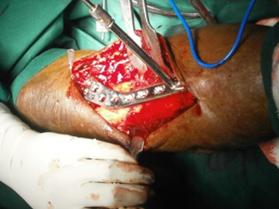
- Repair of ankle fracture.
- Repair of femoral shaft fracture
- Carpal tunnel release.
- Arthroscopy
- Knee arthroscopy and meniscectomy
- Knee arthroscopy and anterior cruciate ligament reconstruction.
- Knee replacement.
- Repair of trochonteric fracture
- Debridement of skin/ muscle/ bone/ fracture.
IV. FACIOMAXILLARY SURGERIES:
V. GENERAL SURGERY:
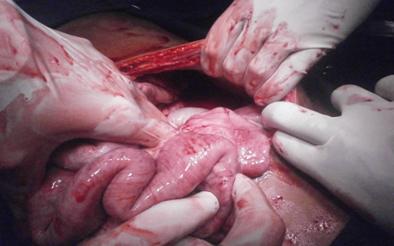
- Hernioplasty
- Varicose vein stripping – sclerotherapy
- Thyroidectomy.
- Mastectomy
- Haemoidectomy, fistulectomy
- Lap. Appendiectomy
- Lap. Choecystectomy
- Lap. Hysterectomy
VI. Skin Grafting
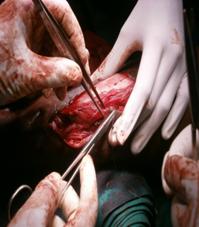
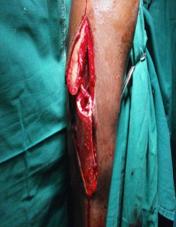
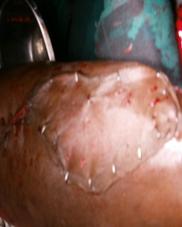
VII.ENT SURGERY:
FESS, Tonsillectomy, Mastoidectomy.

















